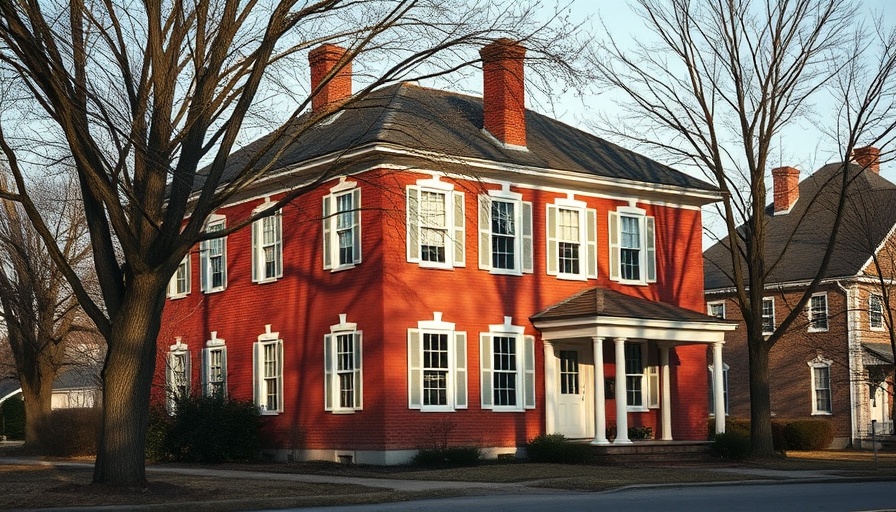
Understanding the Dogtrot Breezeway Structure
A dogtrot breezeway embodies a unique architectural concept often recognized in southern U.S. homes. Traditionally designed to enhance ventilation and reduce energy consumption, these structures can facilitate a harmonious relationship between indoor and outdoor environments. However, as building design evolves towards energy efficiency, foundational aspects, like the breezeway's concrete slab, come into question. Should the concrete in such structures be sloped? Let's delve into the critical considerations surrounding this architectural choice.
The Importance of Proper Drainage in Breezeways
A key reason for considering a slope in a breezeway lies in water management. Proper drainage prevents water accumulation, which can lead to structural problems over time. If the concrete slab is flat, rainwater may pool, making the space unusable and potentially damaging the integrity of the surrounding building materials. An appropriate slope, typically recommended at 1-2%, ensures any moisture flows away from the home, safeguarding both aesthetics and function.
Benefits of Sloped Concrete in Breezeways
1. **Enhanced Longevity and Durability**: Sloped concrete minimizes water standing, enhancing the longevity of the pavement. Over time, excess water can cause cracking and damage to the concrete, resulting in costly repairs.
2. **Improved Safety**: A slope can play a critical role in safety. Wet surfaces can become slippery, and a slight incline can help direct water away, reducing the risk of slips and falls.
3. **Aesthetic Appeal**: A well-designed slope can add visual interest to an otherwise flat area. Landscaping features can also be enhanced with a slope, creating an engaging outdoor environment.
Counterarguments: The Case for Flat Breezeways
While slopes offer numerous advantages, some argue against them. Critics of the sloped design express concerns over aesthetic uniformity, preferring the clean line of a flat surface. They also highlight potential challenges for accessibility, especially for individuals with mobility issues. Thus, while many benefits exist, a thorough understanding of user experience must guide any decision.
Current Trends: Integrating Technology in Design
As architectural design integrates emerging technologies, intelligent design software is simplifying the decision-making process. These tools enable architects to simulate weather patterns, soil drainage, and water flow, providing detailed insights that inform whether to install a slope in the breezeway. By leveraging data, designers can create more sustainable and efficient structures that reflect modern innovation.
Final Thoughts on Concrete Slopes in Breezeway Design
The debate over sloping concrete in a dogtrot breezeway brings forth critical considerations related to functionality, safety, and aesthetics. Homeowners and builders must weigh the advantages of proper drainage against the desire for flat surfaces and accessibility. By doing so, they can make informed choices that enhance both their home's resilience and overall environment. As technology advances, the ability to analyze and simulate these conditions will only pave the way for smarter and more efficient home designs in the future.
 Add Row
Add Row  Add
Add 




 Add Row
Add Row  Add
Add 

Write A Comment